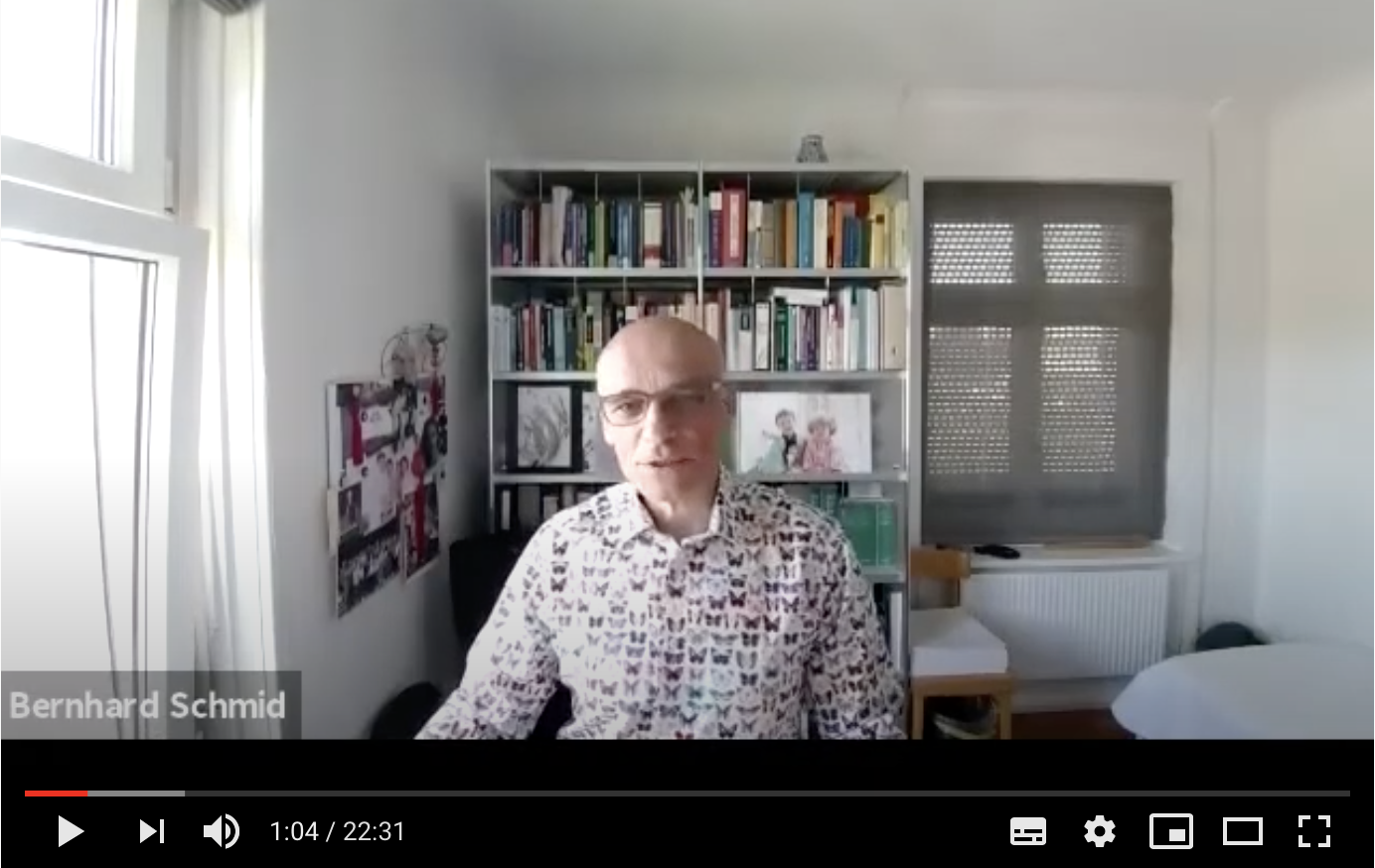#87: What is the role of variability in nature?
Bernhard Schmid is the Eminent Ecologist award winner for 2020. In a blog series, he gives further insight into his career, research and ecological experiences. Read here the second part.
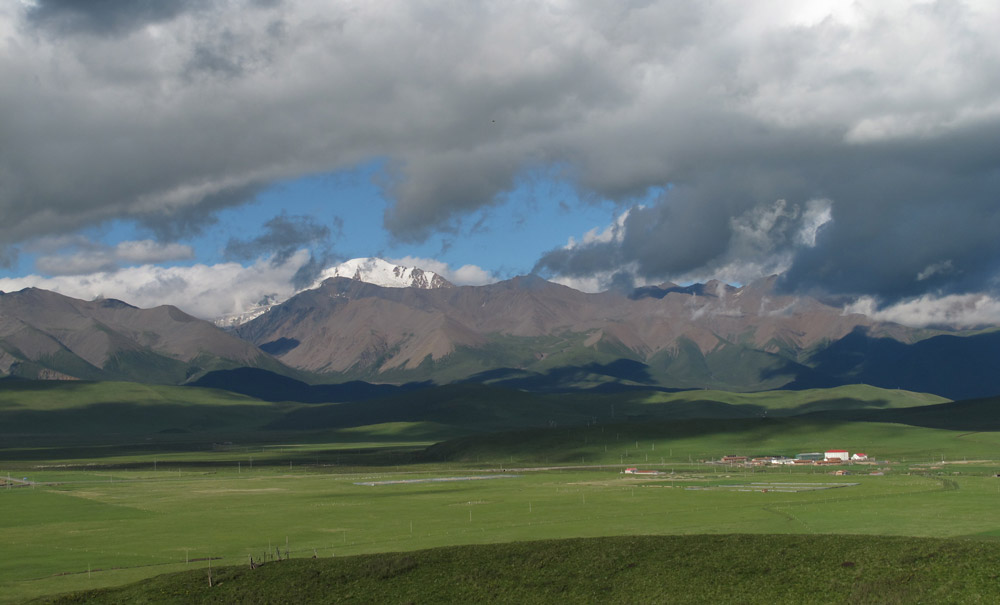
When I look back, in a way, I stumbled into ecology and an academic career because of random events, yet the main questions I considered were always “what is a community?” and “what is the role of variability in nature?”. In my first work I was fascinated by plant sociology, which relates to the Clementsian view of the community as a superorganism. Then, during my postdocs, this was corrected to the view of Gleason, in which communities are seen as simply associations of species that occur in the same place at the same time. I focused more on demography and population biology of clonal plants, but was again interested in how the population of modular parts can work as an organism, when all these parts may also function independently. At that point, I first became interested in diversity as a group strategy. That is, if dividing labour among modules a plant genet could increase its performance. After returning to Switzerland, I had the chance to be involved in an integrated biodiversity project where we focused on the possibility of diversity effects at several levels of biological organisation, from the evolution of mutation rates in bacteria to the relation between genetic variation and from extinction or invasion probability in plants to biodiversity–ecosystem functioning relationships (Weber and Schmid 1995).
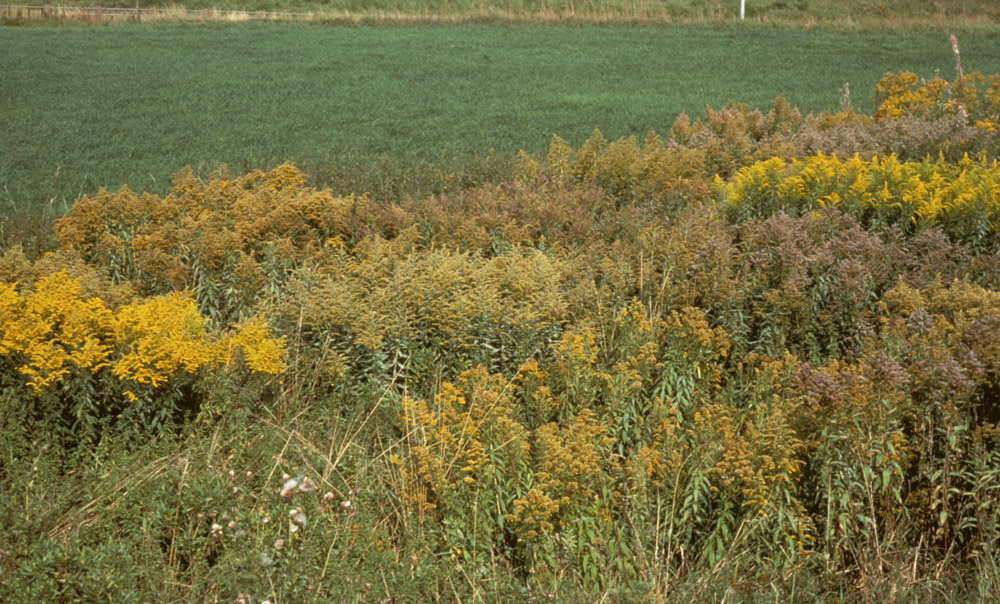
Diversity enhances the functioning of biological systems
A first kind of “proof of principle” paper for biodiversity effects at population level, published in Journal of Ecology, showed that genetic variation within experimental stands of S. altissima reduced the level of mildew on their leaves (Schmid 1994). After that, I became involved in several large biodiversity experiments where we always found strong positive effects of plant species richness on community productivity (e.g. Hector et al. 1999, Huang et al. 2018). This was quite the opposite to what I had learned from John Harper, who taught us that, under optimal conditions, the best monoculture should always be better than the best mixture. Perhaps it is a coincidence that the findings about positive biodiversity–ecosystem functioning relationships were mostly published in other journals. However, some papers that looked at explanations behind these findings did find their way into Journal of Ecology. For example, we found that plant diversity can positively affect soil microbial diversity (Stephan et al. 2000), which, in turn, may increase plant productivity.
In two further papers (Turnbull et al. 2005, Mwangi et al. 2007), we show that plant species benefit in mixtures if they are different from their neighbours and thus compete less between than within species. First, we were puzzled by how it could be that individuals of the different species that we investigated grew better in more diverse plant communities, yet these diverse communities could better ward off invaders. The solution to the puzzle is that we commonly look at invasion into communities where a species is not yet present. In this case, when more other species are already present, it is more likely that some of them will be similar to the invader and therefore compete more strongly with it than with the other species. However, if those more similar species were tested as monocultures, they would also be resistant against the particular invader. In fact, invasion would be most difficult into a monoculture of the same species. This does correspond to what John Harper always taught us in his lectures: it is much easier to add a species to a community where it does not yet occur than to change the abundance of a species which is already present in a community.
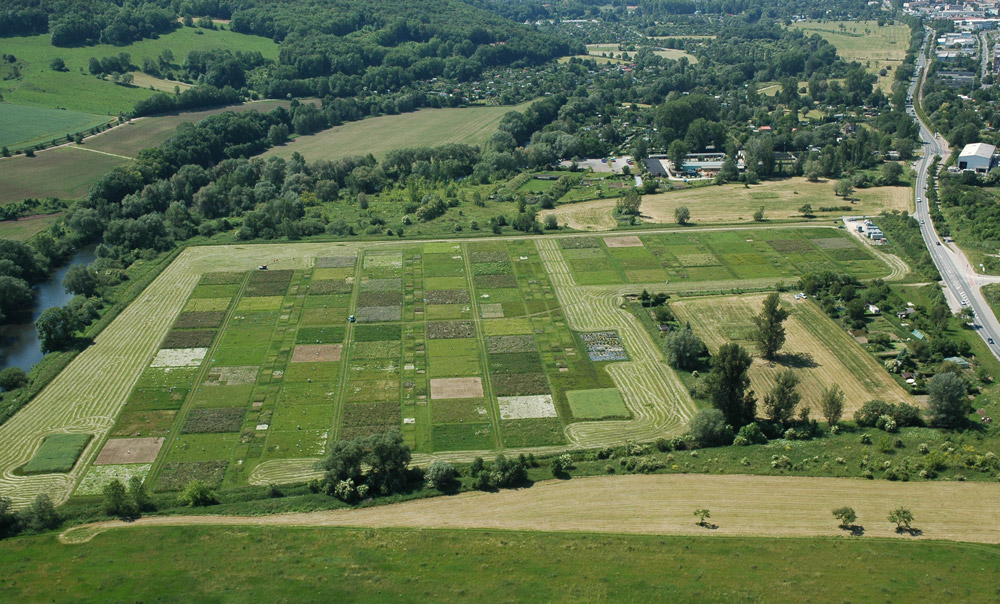
Large integrated biodiversity experiments
The further papers resulting from my research in large biodiversity experiments published in Journal of Ecology are, perhaps again not surprisingly, also related to aspects of the population biology of species within communities rather than to community-level phenomena (grassland: Marquard et al. 2009, Roscher et al. 2011, forest: Bongers et al. 2020). I am particularly proud of the one with Lisa Marquard as the first author, where we show that biodiversity effects in grassland communities are largely due to the fact that higher species diversity in the longer term allows higher total densities of plants (even though initially all experimental communities start with the same total density). We later found similar results in forest communities in subtropical China (Baruffol et al. 2013), where, again, higher density in more diverse stands contributed strongly to positive biodiversity effects. Yet, most other papers in this large research field do not distinguish between the contributions of increased plant density vs. increased plant size to community productivity; and often it seems that the connection to plant population biology is not made.
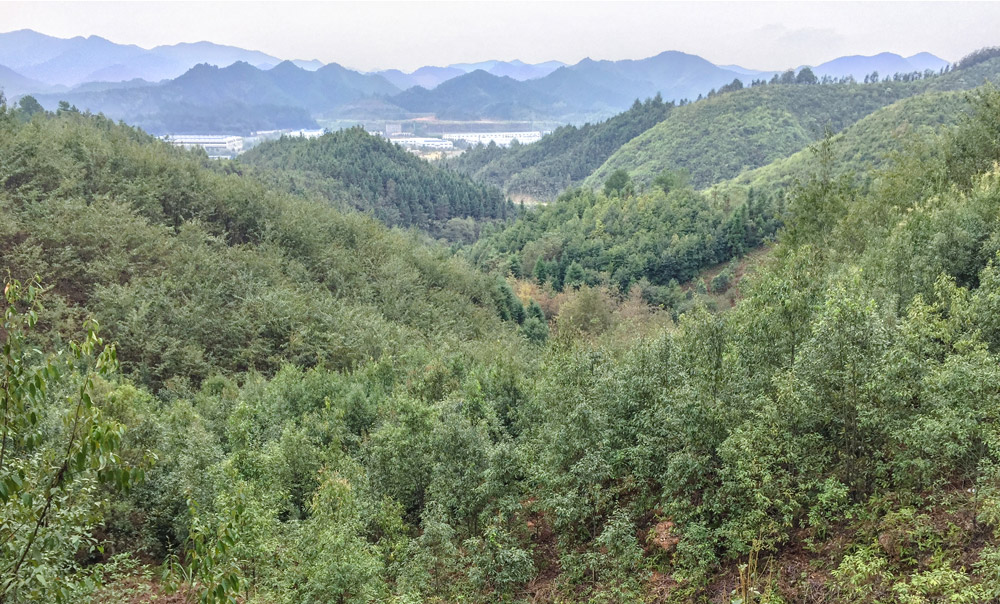
Plant demography and trees as populations of branches
Thus, while I started out with community ecology and returned to it again later on, I am still very much interested in plant population biology. I would like to particularly mention the work of my first two PhD students, Andrea Meyer and Peter Stoll. In painstaking fieldwork Andrea studied a population of the goldenrod S. altissima at a particular site in Switzerland over three years (Meyer and Schmid 1999). This is likely still the most comprehensive demographic study of any plant species since Jose Sarukhán’s study of three Ranunculus species in a pasture in North Wales (Sarukhán and Harper 1973; Sarukhán 1974; Sarukhán and Gadgil 1974). Andrea mapped the rhizome growth and branching of individual genets over three winters by careful excavation and reburial. In producing the graphs for these papers, Andrea strictly followed the recommendations in the book “The Visual Display of Quantitative Information” by Edward Tufte (1983). I am convinced that these are the graphs with the highest data to non-data ink ratio ever published in Journal of Ecology.
Andrea worked with below-ground branching demography and foraging in a perennial herb and Peter looked at above-ground branching and foraging in a coniferous tree (Stoll and Schmid 1998). While we were surprised to find a high regularity and rigidity of rhizome-system architecture in the goldenrod, we were equally surprised about the flexibility of tree branches in Pinus sylvetris. They increased their branching in light and reduced it in shade. However, individual branches were not only responding to their local light environment, but also influenced by correlative behaviour between branches of the same tree. Thus, if an edge tree had branches in the light and in the shade, these shade branches were branching even less than branches of trees that were in the centre of the forest patch. In other words, the shade branches of edge trees had to reduce their growth so that the branches in the light could increase growth.

The evolution of diversity strategies from individuals to communities
This finding of increased diversity among connected compared to unconnected branches can be viewed as division of labour or diversity strategy of individual genets. It also applies to connected shoots of goldenrod clones (Schmid & Bazzaz, 1987) and even to different individuals of the hemiparasite Rhinanthus serotinuswhen they are allowed to parasitise each other (Prati, Matthies & Schmid 1997). This allows the connected individuals to continue to reproduce in the absence of hosts by supporting a single shoot via the shared root system, similar to cooperatively breeding fish with reproductive and helper individuals.
Interestingly, division of labour is also considered to be the main reason for biodiversity effects in plant communities. The only difference is that now the diversity strategy plays out between species that do different things within an ecosystem rather than modules that do different things within genets. With this observation I arrived back at the question of “What is a community?” and whether it may nevertheless show some features of a superorganism. In the meantime, we did find out that increased division of labour and community productivity can evolve within less than 10 years in experimental plant communities (Zuppinger-Dingley et al. 2014, van Moorsel et al. 2018). I hope that we can submit further findings about the evolution of diversity strategies at community, population or individual level to Journal of Ecology in the coming years.
Bernhard Schmid


